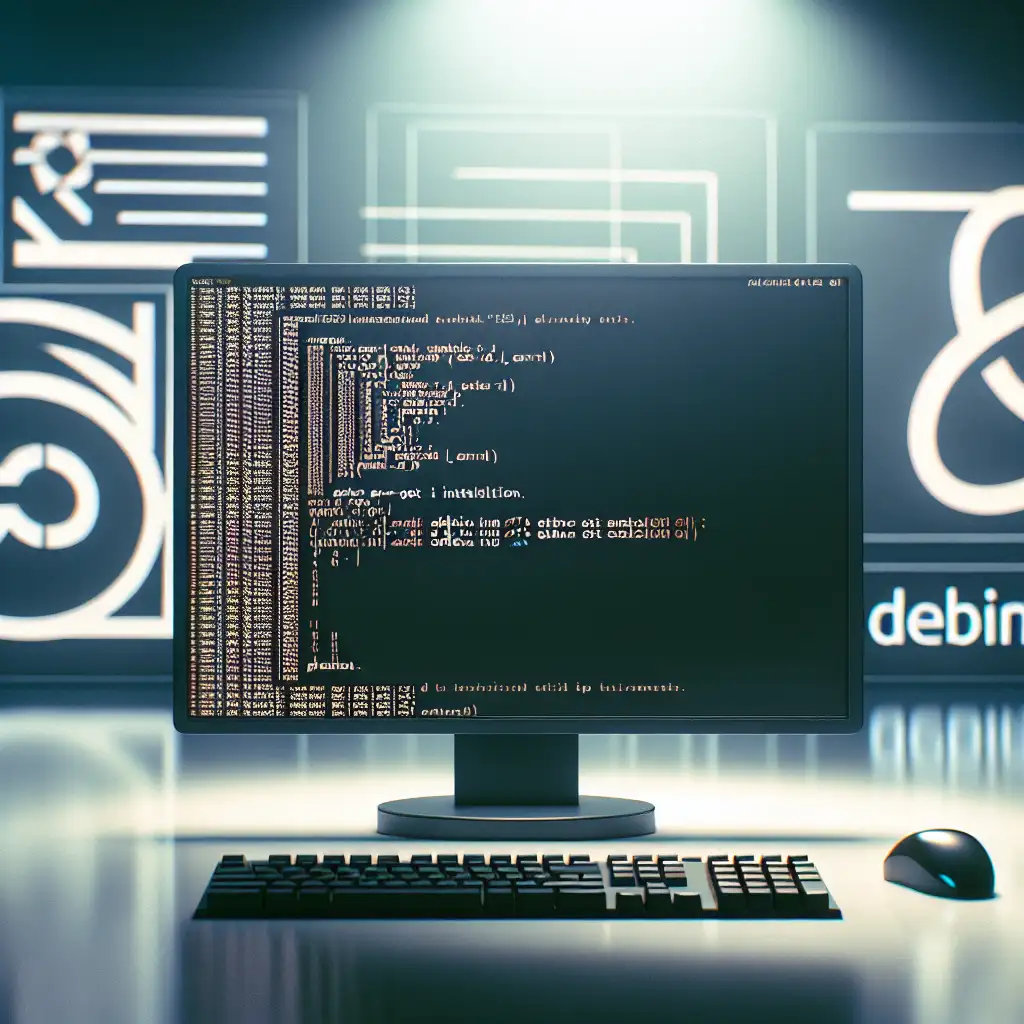Mastering the Installation of apt-get: Unlocking Efficient Package Management on Debian-Based Systems
Forget the basics—here's what most tutorials miss about apt-get installation that can save you hours of troubleshooting and keep your system lean and reliable.
If you're a Debian or Ubuntu user, chances are you’ve used apt-get at some point, installing software or updating your system effortlessly. But what if you run into a minimal Debian-based environment where apt-get isn’t installed or properly configured? Or you need to know how to repair or install it manually? Understanding exactly how to install and set up apt-get saves time and lays a foundation for efficient package management, ensuring your system stays secure, stable, and up to date.
Why Focus on Installing apt-get?
Before diving in, let's clarify: apt-get is part of the APT (Advanced Package Tool) suite and is traditionally pre-installed on most Debian-based systems. However, in some lightweight containers, custom builds, or minimal installs (like Docker containers or rescue environments), apt-get might be missing.
Knowing how to install or troubleshoot apt-get means:
- You gain access to a powerful tool for installing, upgrading, and removing software
- You maintain control over security patches and updates
- You keep your system’s package database consistent
- You avoid the frustration that arises from broken dependencies or missing tools
Step 1: Check Whether apt-get Is Already Installed
First things first: open your terminal and type:
which apt-get
If the output is something like /usr/bin/apt-get, you’re good—apt-get is installed.
Alternatively:
apt-get --version
If this returns the version, you have it installed.
If nothing appears, or you get a "command not found" error, proceed with installation.
Step 2: Understand Your Minimal Environment
If you're working in an ultra-minimal environment (e.g., a fresh container), you might lack package management entirely. For example:
- No dpkg (
dpkg --versionreturns not found) - No APT-related tools
This scenario requires installing the underlying Debian package management infrastructure first.
Step 3: Install Apt-Get Manually Using dpkg
Since apt-get depends on packages like APT itself and its dependencies, you need to manually install these using low-level tools like dpkg.
3.1 Download Deb Packages
If no internet access or no package manager is available on the machine yet, download required .deb files from Debian’s official package repository on another machine.
For example:
- The main APT package (usually named something like
apt_1.8.2_amd64.deb) - Dependencies such as
libc6,libgcc-s1, etc., if missing
Download these packages into a USB drive or mount shared storage.
3.2 Transfer Packages to Target Machine
Copy them into a directory on your target machine:
mkdir ~/deb-packages
cp /path/to/downloaded/*.deb ~/deb-packages/
cd ~/deb-packages/
3.3 Install Using dpkg
Run:
sudo dpkg -i *.deb
This will install all .deb packages sequentially.
Note: If dependencies are missing, dpkg will complain. In this case, download those missing dependencies manually as well and repeat the process until all dependencies are resolved.
3.4 Confirm Installation
Run:
apt-get --version
You should now see output confirming the installation.
Step 4: Configure Your Sources List (/etc/apt/sources.list)
After installing apt-get, the next critical step is setting up your software sources—so you can actually retrieve packages smoothly.
Example minimal /etc/apt/sources.list for Debian stable:
deb http://deb.debian.org/debian stable main contrib non-free
deb http://security.debian.org/debian-security stable-security main contrib non-free
Save this file using your favorite editor as root:
sudo nano /etc/apt/sources.list
or
sudo vim /etc/apt/sources.list
Step 5: Update Package Lists
Now refresh your package database:
sudo apt-get update
This fetches index files from repositories specified in /etc/apt/sources.list.
If update completes without errors – great! Your apt environment is ready to go.
Step 6: Enjoy Using apt-get!
Now that it's properly installed and configured, try installing a sample package to confirm functionality; for example:
sudo apt-get install htop -y
This installs a handy interactive process viewer demonstrating that apt works end-to-end.
Pro Tips & Troubleshooting
-
Broken dependencies during manual dpkg installs: use
sudo apt-get -f install— it fixes broken packages by resolving unmet dependencies (only after initialapt-getsetup). -
Minimal containers: Many official images come without apt tools; often using apk (Alpine) or other managers requires knowing alternatives.
-
Proxy environments: If behind firewalls/proxies when running
apt-get update, configure proxy settings in/etc/apt/apt.conf.d/proxy.conf. -
Avoid mixing PPAs/repos from different Debian versions — can cause unstable behavior.
Summary: Unlocking System Stability via Proper Installation of apt-get
By mastering installation techniques of apt-get, especially in edge cases where it isn't pre-installed, you gain powerful control over software management on any Debian-based system—from bare-bones servers to stripped-down containers. Proper configuration ensures smooth updates and solid security practices with less hassle and downtime.
Whether fixing broken setups or building minimal custom environments—invest time in understanding how to get apt-get up and running right. You'll save yourself hours troubleshooting later while keeping your system lean, reliable, and ready for whatever task lies ahead.
Happy packaging!
